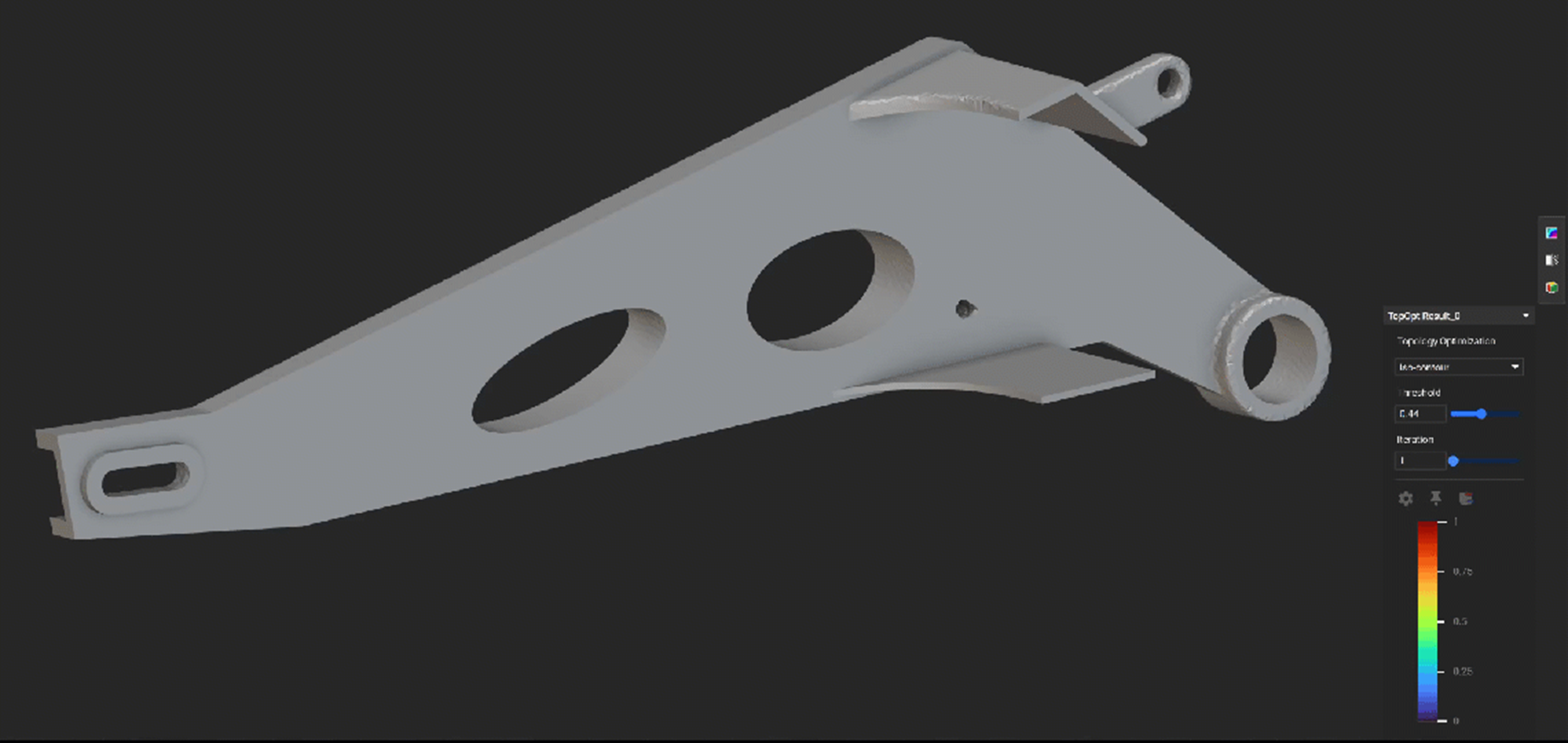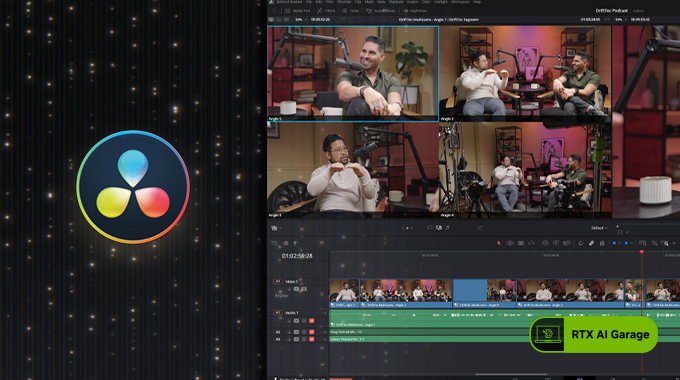
NVIDIA is collaborating with Google Cloud to bring agentic AI to enterprises seeking to locally harness the Google Gemini family of AI models using the NVIDIA Blackwell HGX and DGX platforms and NVIDIA Confidential Computing for data safety.
With the NVIDIA Blackwell platform on Google Distributed Cloud, on-premises data centers can stay aligned with regulatory requirements and data sovereignty laws by locking down access to sensitive information, such as patient records, financial transactions and classified government information. NVIDIA Confidential Computing also secures sensitive code in the Gemini models from unauthorized access and data leaks.
“By bringing our Gemini models on premises with NVIDIA Blackwell’s breakthrough performance and confidential computing capabilities, we’re enabling enterprises to unlock the full potential of agentic AI,” said Sachin Gupta, vice president and general manager of infrastructure and solutions at Google Cloud. “This collaboration helps ensure customers can innovate securely without compromising on performance or operational ease.”
Confidential computing with NVIDIA Blackwell provides enterprises with the technical assurance that their user prompts to the Gemini models’ application programming interface — as well as the data they used for fine-tuning — remain secure and cannot be viewed or modified.
At the same time, model owners can protect against unauthorized access or tampering, providing dual-layer protection that enables enterprises to innovate with Gemini models while maintaining data privacy.
AI Agents Driving New Enterprise Applications
This new offering arrives as agentic AI is transforming enterprise technology, offering more advanced problem-solving capabilities.
Unlike AI models that perceive or generate based on learned knowledge, agentic AI systems can reason, adapt and make decisions in dynamic environments. For example, in enterprise IT support, while a knowledge-based AI model can retrieve and present troubleshooting guides, an agentic AI system can diagnose issues, execute fixes and escalate complex problems autonomously.
Similarly, in finance, a traditional AI model could flag potentially fraudulent transactions based on patterns, but an agentic AI system could go even further by investigating anomalies and taking proactive measures such as blocking transactions before they occur or adjusting fraud detection rules in real time.
The On-Premises Dilemma
While many can already use the models with multimodal reasoning — integrating text, images, code and other data types to solve complex problems and build cloud-based agentic AI applications — those with stringent security or data sovereignty requirements have yet been unable to do so.
With this announcement, Google Cloud will be one of the first cloud service providers to offer confidential computing capabilities to secure agentic AI workloads across every environment — whether cloud or hybrid.
Powered by the NVIDIA HGX B200 platform with Blackwell GPUs and NVIDIA Confidential Computing, this solution will enable customers to safeguard AI models and data. This lets users achieve breakthrough performance and energy efficiency without compromising data security or model integrity.
AI Observability and Security for Agentic AI
Scaling agentic AI in production requires robust observability and security to ensure reliable performance and compliance.
Google Cloud today announced a new GKE Inference Gateway built to optimize the deployment of AI inference workloads with advanced routing and scalability. Integrating with NVIDIA Triton Inference Server and NVIDIA NeMo Guardrails, it offers intelligent load balancing that improves performance and reduces serving costs while enabling centralized model security and governance.
Looking ahead, Google Cloud is working to enhance observability for agentic AI workloads by integrating NVIDIA Dynamo, an open-source library built to serve and scale reasoning AI models across AI factories.
At Google Cloud Next, attend NVIDIA’s special address, explore sessions, view demos and talk to NVIDIA experts.
Blog Article: Here





